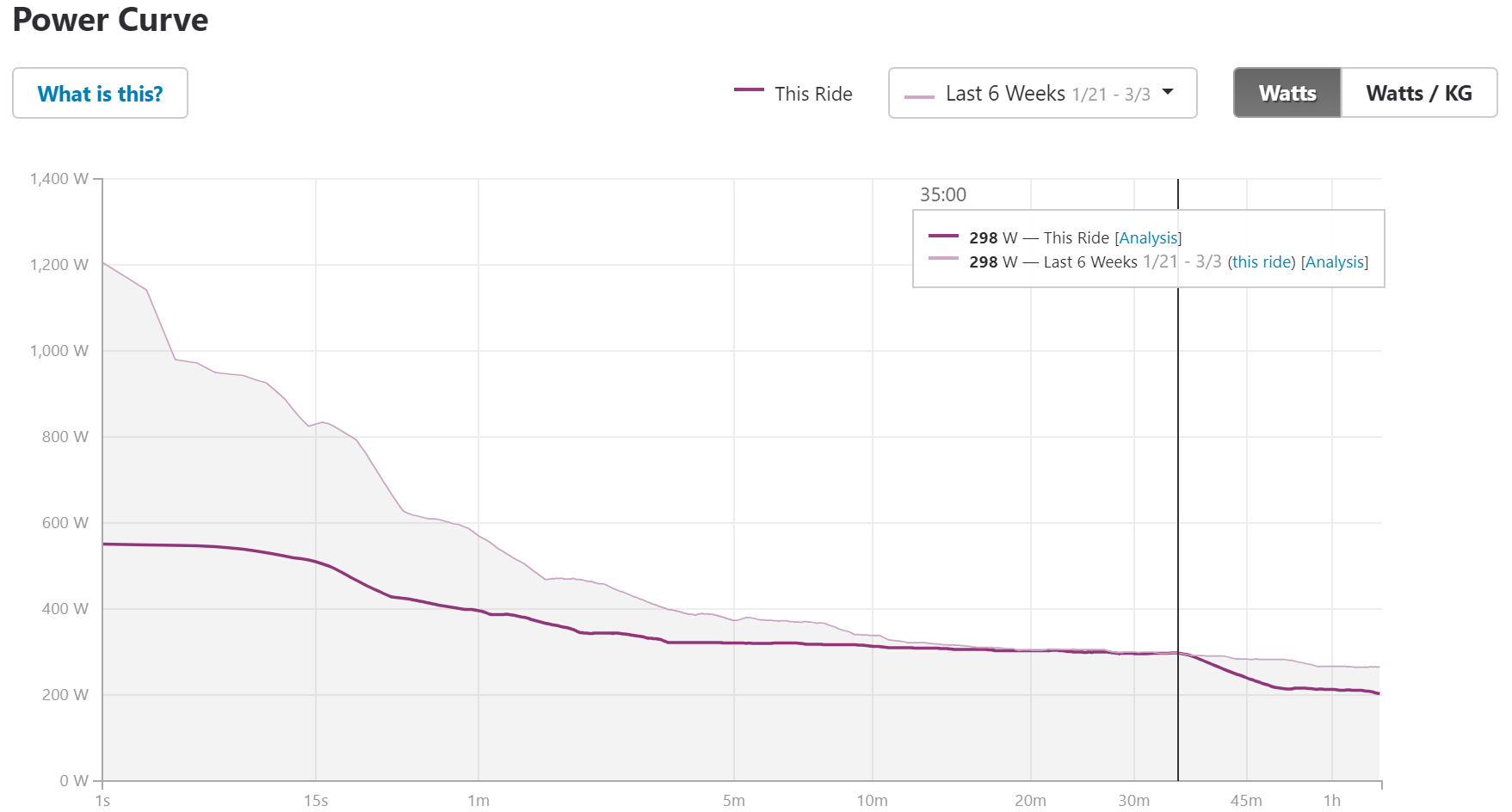I suspect the VO2 kinetics of upright vs supine have an age component as well. One thing I noticed and it could be age, it takes a much longer and more careful rampup of effort during warmup before doing a hard climb or TT. I think this paper explains it.
https://www.ncbi.nlm.nih.gov/pmc/articles/PMC3827567/
I trained really hard on the bent for well over 1 year. I am 60 years old.
My best recent FTP on the upright was 285 watts, but this was after completing the TransAm bike race where I spent a lot of time at elevation and a lot of time in extreme heat, ostensibly increasing HCT and plasma levels = more power. My normal range of FTP would have been 272-275 watts.
I achieved 253 watts last Fall and 252 watts in the early Summer on the bent. So, I got to about 8% differential.
I hope to raise my bent FTP to 265 this year but we'll see. I am still in the base period.
https://www.ncbi.nlm.nih.gov/pmc/articles/PMC3827567/
I trained really hard on the bent for well over 1 year. I am 60 years old.
My best recent FTP on the upright was 285 watts, but this was after completing the TransAm bike race where I spent a lot of time at elevation and a lot of time in extreme heat, ostensibly increasing HCT and plasma levels = more power. My normal range of FTP would have been 272-275 watts.
I achieved 253 watts last Fall and 252 watts in the early Summer on the bent. So, I got to about 8% differential.
I hope to raise my bent FTP to 265 this year but we'll see. I am still in the base period.





